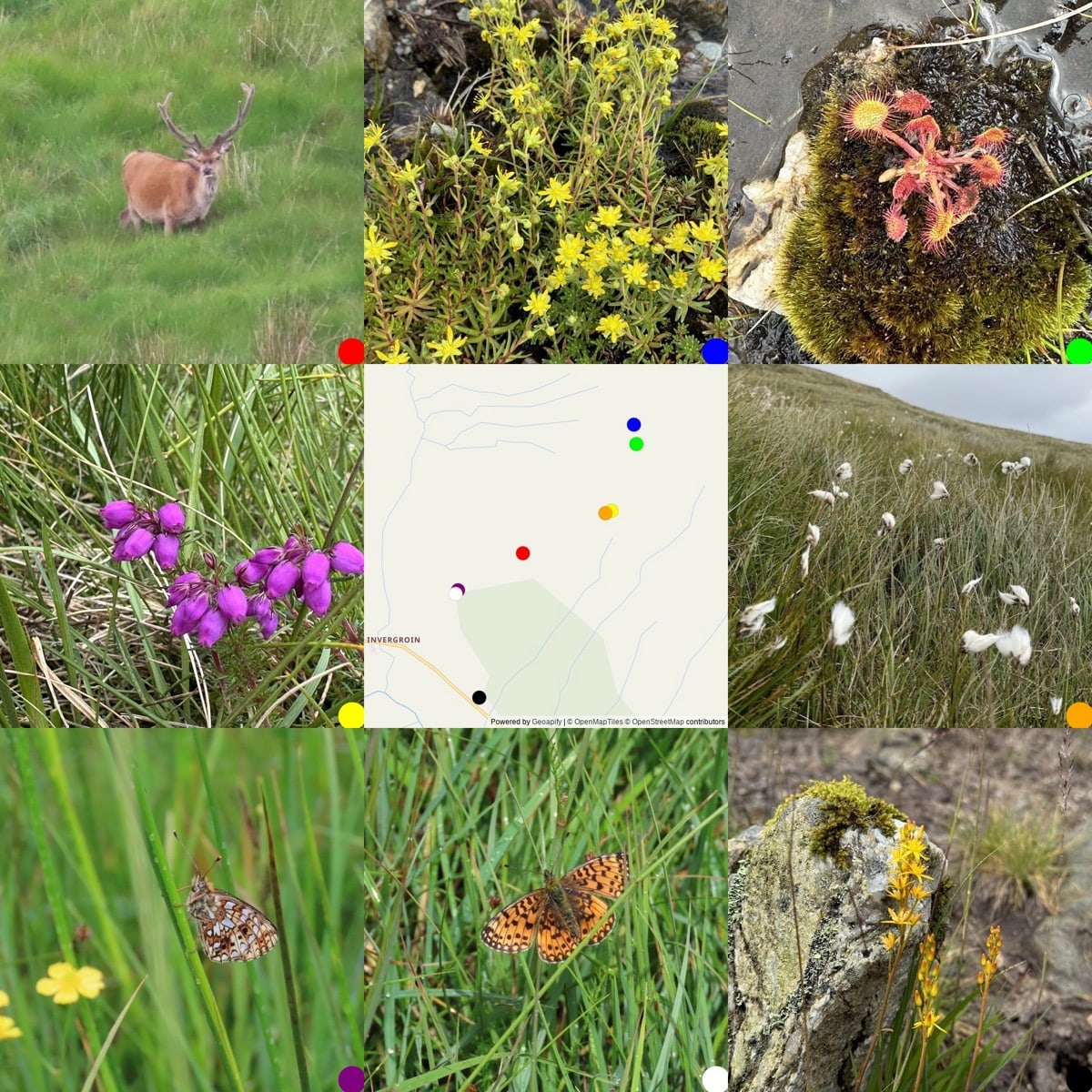The goal of FeedLand is to make news a social thing, following the pattern of social media apps, but using open formats and protocols.
So FeedLand is feeds, news and people and software that connects it all together.
FeedLand: Getting started with FeedLand
Bookmarked Disabled PostKinds Plugin by .
My main issue with it was that it places key elements such as the weblink you’re responding to outside the posting itself. It gets stored in the database as belonging to the PostKinds plugin. Meaning if you ever switch it off, that gets wiped from your posting (although it’s still in the database then). This was a dependency I needed to get rid of.
This crosses my mind from time to time. I depend on without fully understanding the Post Kinds plug-in. I am halfway between Post Kinds and IndieBlocks as I use Blocks a bit more. I’ve used them a lot on Glow Blogs and am less worried about switching to them full time. I wonder about,
deploying small templates that allow me to mark a posting as reply, rsvp, favourite, bookmark, or check-in, within the postings I’m writing.
as mentioned in Ton Zijlstra’s post.
I wonder if these are an alternative to IndieBlocks or something else. Can you make templates with the correct microformats in the Site Editor? But that would not work as semipress is not a block theme so I guess the template would be php?
Read: The Drowning Pool by Ross MacDonald ★★★★☆ 📚
There the kelp-beds stopped me, a tangled barrier of brown and yellow tubes and bulbs floating low in the water. I hated the touch of underwater life.
The best Chandler substitute I’ve found.

Beinn Bhreac & Ben Reoch yesterday.
Flora:
Bog Asphodel
Bog Myrtle
Bog Cotton
Tormentil
Fox gloves
Marsh orchid
Eye bright
Bedstraw
Milkwort
Bog heather
Bell heather
Saxifrage
Lousewort
Marsh thistle
map & notes
Read: Brooklyn by Colm Tóibín ★★★★★ 📚
A re-read in prep for Long Island. This is a beautiful quiet read that lingers a long time. Really enjoyed reading it again.
Gathering on a wooded hilltop overlooking terraces of olive trees and vineyards, a group of ninth-grade girls from the Aida refugee camp watch as Michael Farhoud, a researcher at the Environmental Education Centre (EEC) in Beit Jala, attaches a ring to the leg of a chiffchaff. The tiny olive-brown warbler was caught in nets that morning. Farhoud explains to the schoolgirls how ringing tracks birds' movements.
I saw a chiffchaff or willow warbler with a ring the other day. I wonder if it had passed through Palestine.
Read: The Slain Birds by Michael Longley ★★★★ 📚
The ravens in conversation overhead might be
Discussing us or that sheep dead in a hollow
With its yellow ear-tag and delicate black feet.
Read: To the Dogs by Louise Welsh ★★★★☆ 📚
Glasgow crime, university prof, nearly brought low by his criminal son & family history. Twists, turns & some familiar locations.


